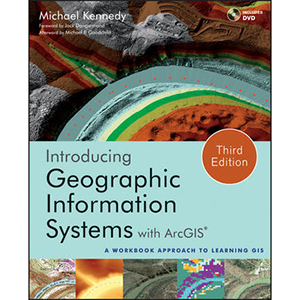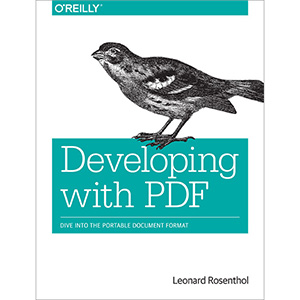Introducing Geographic Information Systems with ArcGIS, 3rd Edition

An integrated approach that combines essential GIS background with a practical workbook on applying the principles in ArcGIS 10.0 and 10.1
Introducing Geographic Information Systems with ArcGIS integrates a broad introduction to GIS with a software-specific workbook for Esri’s ArcGIS. Where most courses make do using two separate texts, one covering GIS and another the software, this book enables students and instructors to use a single text with an integrated approach covering both in one volume with a common vocabulary and instructional style.
This revised edition focuses on the latest software updates—ArcGIS 10.0 and 10.1. In addition to its already successful coverage, the book allows students to experience publishing maps on the Internet through new exercises, and introduces the idea of programming in the language Esri has chosen for applications (i.e., Python). A DVD is packaged with the book, as in prior editions, containing data for working out all of the exercises.
This complete, user-friendly coursebook:
- Is updated for the latest ArcGIS releases—ArcGIS 10.0 and 10.1
- Introduces the central concepts of GIS and topics needed to understand spatial information analysis
- Provides a considerable ability to operate important tools in ArcGIS
- Demonstrates new capabilities of ArcGIS 10.0 and 10.1
- Provides a basis for the advanced study of GIS and the study of the newly emerging field of GIScience
Introducing Geographic Information Systems with ArcGIS, Third Edition is the ideal guide for undergraduate students taking courses such as Introduction to GIS, Fundamentals of GIS, and Introduction to ArcGIS Desktop. It is also an important guide for professionals looking to update their skills for ArcGIS 10.0 and 10.1.
Table of Contents
Part I: Basic Concepts of GIS
Chapter 1. Some Concepts That Underpin GIS
Chapter 2. Characteristics and Examples of Spatial Data
Chapter 3. Products of a GIS. Maps and Other Information
Chapter 4. Structures for Storing Geographic Data
Chapter 5. Geographic and Attribute Data. Selection, Input, and Editing
Part II: Spatial Analysis and Synthesis with Gis
Chapter 6. Analysis of GIS Data by Simple Examination
Chapter 7. Creating Spatial Feature Classes Based on Proximity, Overlay, and Attributes
Chapter 8. Spatial Analysis Based on Raster Data Processing
Chapter 9. Other Dimensions, Other Tools, Other Solutions
Book Details
- Paperback: 672 pages
- Publisher: Wiley; 3rd Edition (April 2013)
- Language: English
- ISBN-10: 1118159802
- ISBN-13: 978-1118159804














